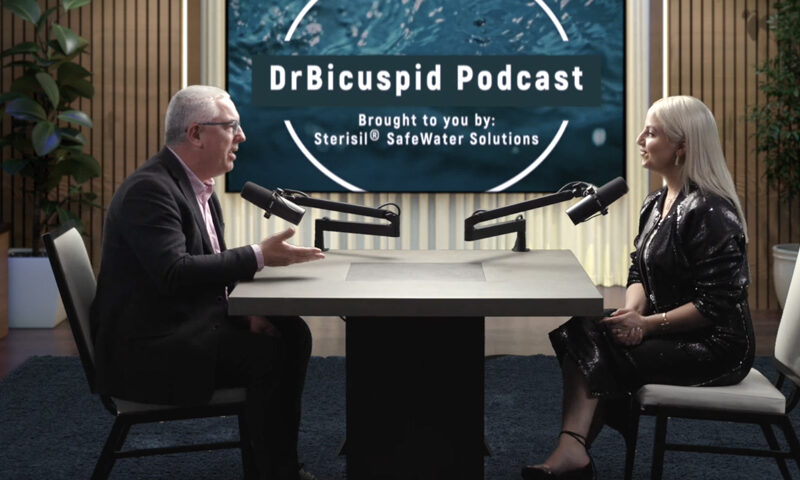Your cart is currently empty!

Biofilm: The Invisible Threat and Hidden Opportunities

In a recent interview with Dr. Bicuspid’s Editor-in-Chief Kevin Henry, Melissa Turner, Chief Hygiene Officer for Cellerant Consulting and self-proclaimed “Biofilm Queen,” shed light on the often-overlooked world of biofilm in dental unit waterlines. With the flair of a storyteller referencing “Harry Potter” and “The Matrix”, Melissa brought the microscopic world of biofilm to life, emphasizing its importance in dental health and practice management.
The Two Faces of Biofilm
Melissa began by challenging the notion that biofilm is inherently bad. Like a plot twist in a “Harry Potter” novel, she suggested that biofilm can have both good and bad aspects. While this may seem counterintuitive in dentistry, where we’re conditioned to view biofilm negatively, she emphasized the importance of understanding the full story of biofilm in various contexts.
The Hidden Threat in Dental Waterlines
When it comes to dental unit waterlines (DUWLs), however, biofilm is decidedly problematic. Melissa explained that dental waterlines, being a closed system, are particularly susceptible to biofilm formation. The issue is exacerbated by the intermittent use of dental equipment, with weekends and holidays providing ample opportunity for biofilm to thrive unchecked. “All we need is a surface, some kind of microbe, and then some kind of moisture. It doesn’t have to be water. And that creates the yucky, slimy biofilm,” Melissa explained. This biofilm can pose significant risks to both patients and equipment.
Out of Sight, Out of Mind
One of the biggest challenges with biofilm in dental practices is its invisible nature. As Melissa put it, “Frankly, as clinicians in the dental practice, that is not top of mind for us.” This “out of sight, out of mind” mentality, combined with the hectic pace of dental offices, often leads to neglect of proper waterline maintenance.
The Importance of Systems and Education
To combat this issue, Melissa stressed the importance of implementing robust systems and processes, especially for new employees. She likened the dental practice environment to “drinking from a fire hose” for newcomers, emphasizing the need for clear guidelines and protocols. “It’s all about systems,” she stated. “If your employees don’t have a handbook, good lord, you got to get that handbook today. They need guidance. You need guidance.”
Staying Updated in a Fast-Paced World
In an era where dental assistants might be tempted to get information from TikTok, Melissa emphasized the importance of relying on credible sources for infection control information. She encouraged dental professionals to research the latest products and technologies for biofilm removal, noting that old practices like daily line flushing might actually be harmful with newer systems.
“The Matrix” of Biofilm
Drawing a parallel to “The Matrix”, Melissa painted a vivid picture of biofilm as a living, thriving community. “If you truly understand biofilm, you’ll understand its little beings and communities and they’re thriving and surviving and having babies,” she explained. This understanding is crucial for effective management of biofilm in dental practices.
A Call to Action
Melissa’s advice for dental practice owners is clear: take responsibility for infection control standards and implement written protocols. She warned that once you can feel the slime in your waterlines, “it’s already too late.”
As we navigate the complex world of dental practice management, Melissa’s insights remind us that even the smallest organisms can have a big impact. Just as a skilled Arsenal footballer must be aware of every player on the field, dental professionals must be vigilant about the invisible world of biofilm in their practices.
By staying informed, implementing proper systems, and maintaining a proactive approach to biofilm management, dental practices can ensure they’re providing the safest and most effective care possible. After all, in the game of dental health, biofilm management in dental unit waterlines might just be the winning strategy we’ve been overlooking.
Share this post:

Related Posts





